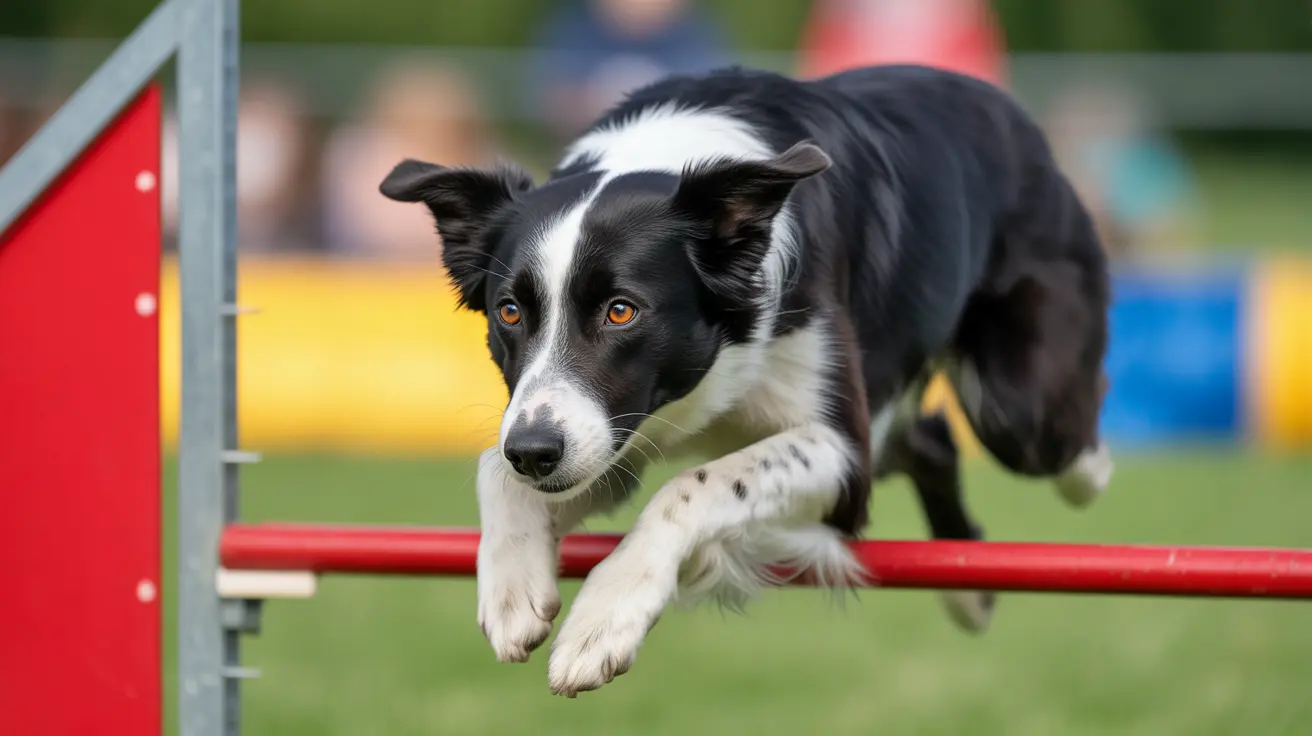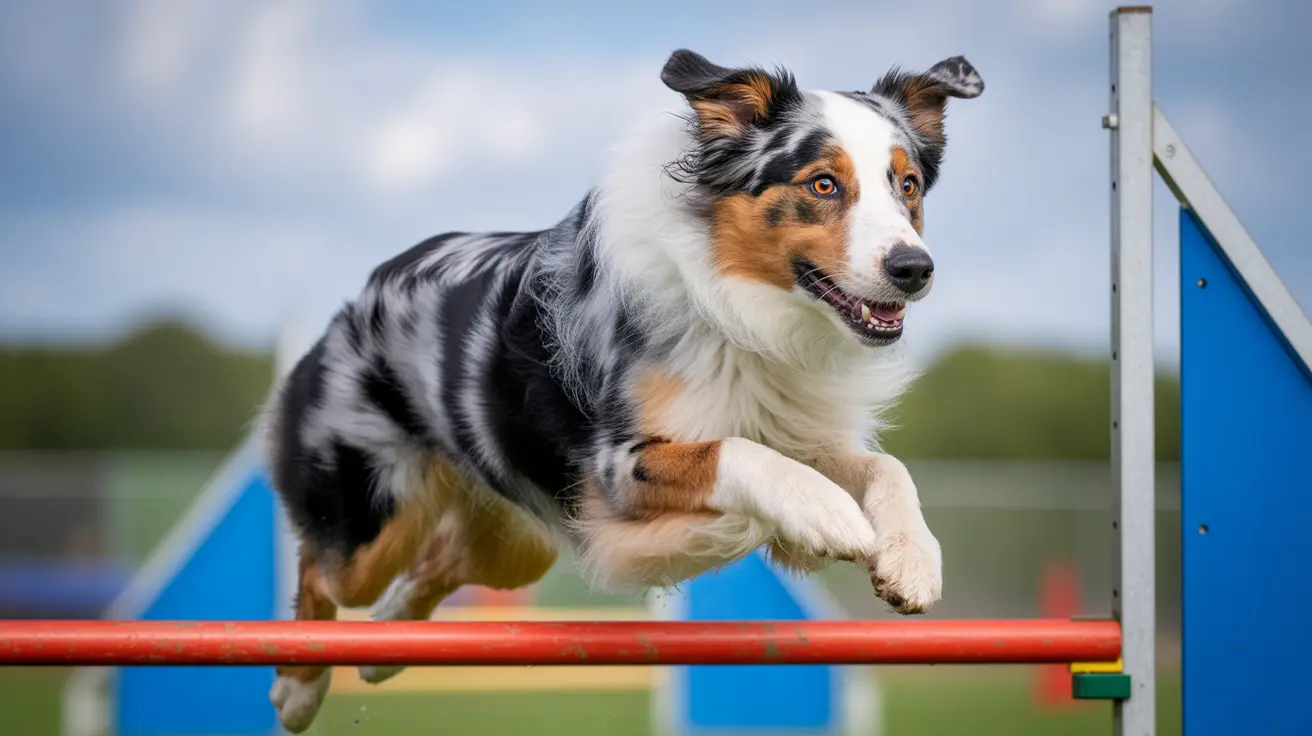The Red Siberian Husky: A Distinctive Color Variant
If you've ever seen a dog with a lush, fox-like coat and piercing blue or amber eyes, you might have encountered a Red Siberian Husky. While they share all the classic traits of their breed, their unique coloring sets them apart in a crowd. Let's dive into what makes these dogs special, how they fit into the broader Siberian Husky family, and what you should know if you're considering one as a companion.
Origins and Breed History
The Siberian Husky hails from Northeast Asia, where the Chukchi people bred them for sled pulling and companionship. These dogs were introduced to Alaska during the Nome Gold Rush in the early 20th century, quickly earning fame for their endurance and speed in sled dog racing. The breed is closely related to the Alaskan Malamute but is generally smaller and lighter.
Understanding Coat Colors: What Makes a Red Husky?
Siberian Huskies come in an impressive array of colors—black and white, gray and white, pure white, agouti, sable, piebald, and of course, red (copper) and white. The term "red" actually covers a spectrum:
- Light red (almost cream or strawberry blond)
- Copper (rich reddish-brown)
- Dark sienna (deep brownish-red)
This color variation isn't a separate breed; it's simply one of several accepted coat patterns within the standard. Red Huskies also have liver-colored noses, lips, and eye rims—a detail that distinguishes them from their black or gray counterparts.
Physical Characteristics
Apart from their coat color, Red Siberian Huskies possess all the hallmark features of the breed:
- Medium size: Males stand 21–24 inches at the shoulder; females are slightly smaller.
- Weight: Males weigh 45–60 lbs; females range from 35–50 lbs.
- Erect triangular ears
- Bushy tail, often curled over their nose when sleeping (the 'Siberian Swirl')
- Distinctive facial masks
- Eye colors: Blue, brown, amber, green—or even two different colored eyes (heterochromia)
Their double coat consists of a dense undercoat for insulation and longer guard hairs that help manage both cold and heat. This means they're built for extreme weather but can adapt to warmer climates if cared for properly.
Temperament and Behavior
Siberian Huskies—including reds—are known for their intelligence, outgoing nature, stubborn streaks, and high energy. They're sociable with people (even children) and other dogs but need early socialization. Instead of barking frequently, they tend to howl or mimic sounds—they might even try to 'talk' back to you!
- Packed with stamina: Bred for long-distance running
- Loves companionship: Not suited to being left alone for long periods
- Escape artists: Can dig under or jump over fences if bored or under-exercised
- Strong prey drive: May chase small animals unless well-trained early on
Their intelligence means they can be headstrong during training—consistency and positive reinforcement go a long way. They thrive on routine and clear boundaries.
Caring for Your Red Husky's Coat & Health
The thick double coat sheds year-round but 'blows out' heavily during seasonal changes. Regular brushing—sometimes daily during shedding seasons—is essential. Their coats are self-cleaning; frequent bathing isn't necessary (and can strip natural oils).
- No haircuts needed—even in summer! Their fur helps regulate body temperature.
- Bathe only occasionally; focus on brushing instead.
- Nail trimming, ear checks, and dental care are important regular routines.
Siberian Huskies have evolved from high-protein diets but do well on balanced modern dog foods today. Watch out for zinc deficiency—a known issue in this breed—and provide quality nutrition accordingly.
Lifestyle Needs: Is a Red Husky Right For You?
If you're active and love spending time outdoors, you'll find an eager partner in your Red Husky. They need at least an hour of vigorous exercise daily—running is ideal! Without enough activity or company (canine or human), they can become destructive or try to escape their yard.
- Packs thrive together: Huskies love having other dogs around.
- Not ideal for apartments: Unless you provide ample exercise opportunities every day.
- Shed heavily: Be ready for lots of fur around your home!
The breed isn't suited as guard dogs due to their friendly disposition—they're more likely to greet strangers than defend against them!
Lifespan & Health Considerations
Siberian Huskies typically live between twelve to fifteen years. Common hereditary issues include eye defects (like cataracts), congenital laryngeal paralysis, allergies/skin conditions related to zinc deficiency, epilepsy, bloat risk after large meals plus exercise—but hip dysplasia is rare compared to other large breeds. Responsible breeders screen for these problems; regular veterinary check-ups are essential throughout your dog's life.
The Red Factor: Why Choose One?
The red coloring doesn't affect temperament or health; it's simply an aesthetic difference within the breed standard. Many owners are drawn by their fox-like appearance combined with classic husky traits—athleticism, sociability, intelligence—that make them wonderful pets in active homes.





